
Maa Shailputri, also known as Shailputri Mata or Goddess Shailputri, is worshipped on the first day of Navratri. She is the first form of Devi Durga and is revered as the daughter of the Himalayas. The name Shailputri comes from two Sanskrit words – Shail meaning mountains and Putri meaning daughter, thus she is remembered as the daughter of the mountains. Maa Shailputri is also called Mata Sati Bhavani, Parvati, Hemavati, and Pratham Shailputri.
On the first day of Navratri, devotees perform Maa Shailputri Puja Vidhi (Navratri first day puja vidhi) with great devotion, seeking her blessings for purity, strength, and stability. Worshipping Shailputri Devi is considered the beginning of spiritual awakening, as she governs the Muladhara (Root) Chakra. Her story, mantras, and katha form an essential part of Navratri celebrations, making Shailputri Maa the most significant goddess of the festival’s opening day.
Goddess Shailputri Navratri Pujan 2025 – Date, Tithi & Colour
Maa Shailputri, also called Shailputri Mata, is worshipped on the first day of Shardiya Navratri, which marks the beginning of the grand nine-day Durga festival. She is revered as the Navratri 1st day devi, and her worship sets the spiritual tone for the entire Navratri puja.
Shardiya Navratri 2025 Begins: 22nd September 2025, Monday
Tithi: Pratipada Tithi begins at 07:11 AM on 22nd September 2025 and ends at 03:57 AM on 23rd September 2025
Navratri 1st Day Devi Name: Maa Shailputri
Navratri First Day Colour: Red
Shailputri Beej Mantra: || Om Shaam Sheem Shoom Shailputryai Namah ||
On this day, devotees perform Navratri 1st day puja vidhi, chant Shailputri mantra, and recite the Maa Shailputri vrat katha to invoke her blessings for peace, strength, and stability.
Shailputri Devi Story – Maa Shailputri Katha
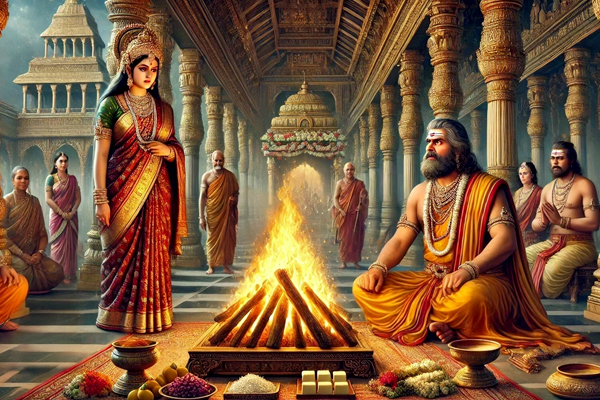
Goddess Shailputri Devi, also called Maa Shailputri or Shailputri Mata, is one of the most important forms of Goddess Durga. She was born as the daughter of the King of Mountains, Parvat Raj Himalaya, which is why she is worshipped as the daughter of the Himalayas. The word Shailputri literally means Shail (mountain) and Putri (daughter).
In her previous birth, Maa Shailputri was born as Sati, the daughter of King Daksha. She married Lord Shiva against Daksha’s will, which angered her father. To humiliate Shiva, King Daksha organized a Yagna (sacred ritual) and invited all gods and sages but deliberately excluded Sati and Shiva. Despite Lord Shiva’s warnings, Sati attended the Yagna. There, Daksha insulted Lord Shiva publicly, and unable to bear the humiliation of her consort, Sati immolated herself in the sacrificial fire.
Sati was reborn as Shailputri Mata, the daughter of the Himalayas, and came to be known as Parvati or Hemavati. Later, she was reunited with Lord Shiva through marriage. This makes Maa Shailputri’s story (Shailputri Devi katha, Maa Shailputri katha) a powerful symbol of devotion, courage, and sacrifice, remembered especially on the first day of Navratri.
The Iconography of Maa Shailputri – Goddess Shailputri Mata Form
Maa Shailputri, also worshipped as Shailaputri Devi or Goddess Shailputri Mata, is portrayed with a serene face and a divine aura. She is depicted riding Nandi, the sacred bull, which symbolizes strength and righteousness. Shailputri Maa carries a Trident (Trishul) in her right hand, signifying power and protection, and a Lotus flower in her left hand, symbolizing purity and devotion.
Another unique iconographic feature is the crescent Moon on her forehead, which represents calmness and spiritual balance. This divine form of Mata Shailputri reflects her as the embodiment of nature, peace, and courage. Devotees believe that meditating on the image of Shailputri Devi during Navratri strengthens spiritual resolve and removes obstacles.
Ruling Planet of Shailputri Mata
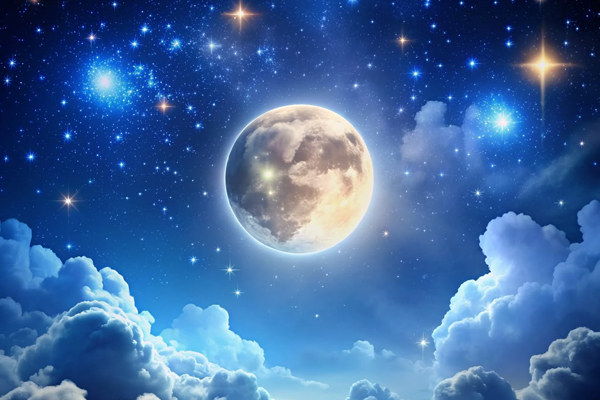
Maa Shailputri, also called Shailputri Mata or Shailaputri Devi, is believed to govern the Moon (Chandra), which is considered the most influential planet in Vedic astrology. The Moon rules over emotions, stability, and peace of mind.
Worshipping Shailputri Devi during the first day of Navratri is said to remove the malefic effects of the Moon and bring mental calmness, emotional strength, and harmony in life. Devotees who perform Shailputri puja vidhi with devotion receive relief from stress, anxiety, and emotional imbalance.
Because the Moon also represents relationships and nurturing energy, honouring Maa Shailputri strengthens family bonds, offers stability in married life, and ensures success in personal and professional endeavours.
This connection of Shailputri Mata with the Moon highlights her as the first goddess of Navratri who balances both material and spiritual aspects of life through her divine grace.
Chakra Association of Shailputri Devi

Maa Shailputri, also revered as Shailputri Mata, Shailputri Devi, or Shailaputri Devi, is deeply associated with the Muladhara Chakra, also known as the Root Chakra. This chakra is the foundation of energy in the human body and is linked with stability, grounding, and the ability to face life’s challenges.
On the first day of Navratri, when devotees worship Goddess Shailputri, they focus on awakening the Muladhara Chakra. Performing the Navratri first day puja vidhi or Shailputri puja helps devotees connect with their inner strength and build the courage to progress on their spiritual journey.
The Muladhara Chakra is symbolized by the color red, which also aligns with the Navratri first day colour observed in honor of Maa Shailputri. Yogis and spiritual seekers meditate on this chakra during the first day of Navratri to connect with divine Shakti and start their journey upward through the chakras toward self-realization.
By chanting the Shailputri mantra or Pratham Shailputri mantra while focusing on the Muladhara Chakra, devotees can experience balance, emotional stability, and spiritual awakening. This makes the first day Navratri devi worship highly significant for anyone walking the path of devotion and self-discipline.
Worshipping Maa Shailputri (Puja Vidhi at Home)
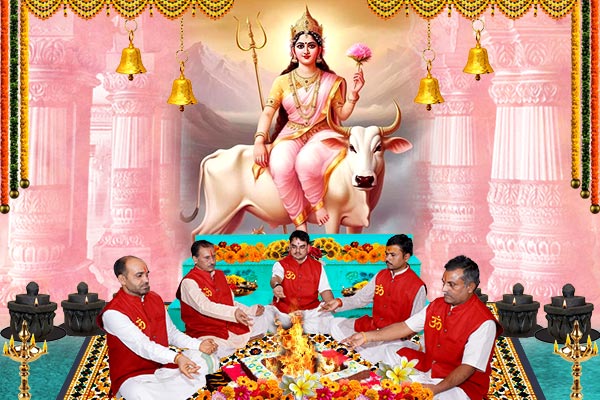
The first day of Navratri is considered highly auspicious as it begins with the Shailputri puja. Devotees honor Maa Shailputri, also called Shailputri Mata, Shailputri Devi, and Shailaputri Devi, through a special ritual known as Ghatasthapana or Kalashsthapana. This marks the beginning of the nine-day celebration of Navratri puja.
Step-by-Step Shailputri Puja Vidhi
- Begin the Navratri 1st day puja vidhi by cleansing yourself and the puja space.
- Place a wide clay pot and fill it with layers of mud. Sow barley or Navadhanya seeds in it and sprinkle water.
- Install a Kalash filled with Gangajal, betel nut (supari), Durva grass, turmeric rice (Akshat), and coins.
- Place five mango leaves around the Kalash and cover it with a coconut wrapped in red cloth.
- Invoke Shailputri Mata while chanting the Shailputri mantra or Maa Shailputri beej mantra.
- Light a ghee lamp (diya), offer dhoop, flowers, kumkum, and sweets as Shailputri Devi offerings.
- Recite the Shailputri katha, Maa Shailputri vrat katha, or Navratri first day katha to complete the rituals.
On this day, devotees also chant the Shailputri jaap mantra, Shailputri stotra, and perform the Navratri day 1 mantra japa to receive blessings. Worshipping the Navratri 1st day goddess helps remove obstacles, balance emotions, and strengthen family harmony.
The first day Navratri devi name is Shailputri, and her blessings are believed to ward off malefic effects of the Moon, her ruling planet. Observing the Navratri first day vrat with devotion ensures peace, prosperity, and spiritual progress.
Shailputri Devi Katha – Navratri 1st Day Katha
The Shailputri Devi story is one of the most significant legends in Hindu tradition and forms the basis of worship on the first day of Navratri. Maa Shailputri, also known as Parvati, Hemavati, and Sati Bhavani, is revered as the daughter of the Himalayas, hence the name “Shailputri” – the daughter of the mountains.
In her previous birth, she was Sati, the daughter of King Daksha. Sati married Lord Shiva against her father’s wishes, which angered King Daksha. To insult Shiva, Daksha organized a great Yagna but deliberately did not invite Sati or Shiva. Despite Shiva’s warning, Sati attended the Yagna, where Daksha insulted Lord Shiva publicly. Unable to bear the humiliation of her divine consort, Sati immolated herself in the Yagna fire.
Later, she was reborn as the daughter of the Himalayas and came to be known as Shailputri Mata. In this life too, she was married to Lord Shiva, uniting Shakti and Shiva once again.
Importance of Navratri First Day Katha
The Maa Shailputri Katha highlights the themes of sacrifice, devotion, and purity. Worshipping Shailputri Mata on the first day of Navratri through the Navratri first day puja vidhi is believed to purify the mind and body, strengthen family bonds, and guide devotees on the path of dharma.
Devotees also read or recite the Navratri 1st day katha to invoke her blessings for peace, prosperity, and spiritual awakening. Chanting the Shailputri beej mantra and Shailputri stotra during the puja ensures the removal of obstacles and fulfillment of desires.
The Navratri first day goddess, Shailputri Mata, is also associated with the Muladhara Chakra, the foundation of spiritual energy. By performing Maa Shailputri puja with devotion and fasting on the first day, devotees awaken divine energy within and begin their Navratri sadhana on an auspicious note.
Shailputri Mantras and Stotras
Chanting the Shailputri mantra on the first day of Navratri is considered extremely auspicious. Devotees of Maa Shailputri recite the Pratham Shailputri mantra, Shailputri beej mantra, and Shailputri jaap mantra to invoke her divine blessings. Regular recitation helps remove obstacles, bring peace of mind, and attract prosperity.
Shailputri Mata Mantra
ॐ देवी शैलपुत्र्यै नमः॥ Om Devi Shailaputryai Namah॥
Shailputri Prarthana
वन्दे वाञ्छितलाभाय चन्द्रार्धकृतशेखराम्। वृषारूढां शूलधरां शैलपुत्रीं यशस्विनीम्॥
Vande Vanchhitalabhaya Chandrardhakritashekharam। Vrisharudham Shuladharam Shailaputrim Yashasvinim॥
Shailputri Stuti
या देवी सर्वभूतेषु माँ शैलपुत्री रूपेण संस्थिता। नमस्तस्यै नमस्तस्यै नमस्तस्यै नमो नमः॥
Ya Devi Sarvabhuteshu Maa Shailputri Rupena Samsthita। Namastasyai Namastasyai Namastasyai Namo Namah॥
Shailputri Dhyana
वन्दे वाञ्छितलाभाय चन्द्रार्धकृतशेखराम्। वृषारूढां शूलधरां शैलपुत्रीं यशस्विनीम्॥
पूणेन्दु निभाम् गौरी मूलाधार स्थिताम् प्रथम दुर्गा त्रिनेत्राम्। पटाम्बर परिधानां रत्नाकिरीटा नामालंकार भूषिता॥
प्रफुल्ल वन्दना पल्लवाधरां कान्त कपोलाम् तुगम् कुचाम्। कमनीयां लावण्यां स्नेमुखी क्षीणमध्यां नितम्बनीम्॥
Vande Vanchhitalabhaya Chandrardhakritashekharam। Vrisharudham Shuladharam Shailaputrim Yashasvinim॥ Punendu Nibham Gauri Muladhara Sthitam Prathama Durga Trinetram। Patambara Paridhanam Ratnakirita Namalankara Bhushita॥ Praphulla Vandana Pallavadharam Kanta Kapolam Tugam Kucham। Kamaniyam Lavanyam Snemukhi Kshinamadhyam Nitambanim॥
Shailputri Stotra
प्रथम दुर्गा त्वंहि भवसागरः तारणीम्। धन ऐश्वर्य दायिनी शैलपुत्री प्रणमाम्यहम्॥
त्रिलोजननी त्वंहि परमानन्द प्रदीयमान्। सौभाग्यरोग्य दायिनी शैलपुत्री प्रणमाम्यहम्॥
चराचरेश्वरी त्वंहि महामोह विनाशिनीं। मुक्ति भुक्ति दायिनीं शैलपुत्री प्रणमाम्यहम्॥
Prathama Durga Tvamhi Bhavasagarah Taranim। Dhana Aishwarya Dayini Shailputri Pranamamyaham॥ Trilojanani Tvamhi Paramananda Pradiyaman। Saubhagyarogya Dayini Shailputri Pranamamyaham॥ Charachareshwari Tvamhi Mahamoha Vinashinim। Mukti Bhukti Dayinim Shailputri Pranamamyaham॥
Shailputri Kavacha
ॐकारः में शिरः पातु मूलाधार निवासिनी। हींकारः पातु ललाटे बीजरूपा महेश्वरी॥ श्रींकार पातु वदने लावण्या महेश्वरी। हुंकार पातु हृदयम् तारिणी शक्ति स्वघृत। फट्कार पातु सर्वाङ्गे सर्व सिद्धि फलप्रदा॥
Omkarah Mein Shirah Patu Muladhara Nivasini। Himkarah Patu Lalate Bijarupa Maheshwari॥ Shrimkara Patu Vadane Lavanya Maheshwari। Humkara Patu Hridayam Tarini Shakti Swaghrita। Phatkara Patu Sarvange Sarva Siddhi Phalaprada॥
Shailputri Aarti
शैलपुत्री माँ बैल असवार। करें देवता जय जय कार॥ शिव-शंकर की प्रिय भवानी। तेरी महिमा किसी ने न जानी॥
पार्वती तू उमा कहलावें। जो तुझे सुमिरे सो सुख पावें॥ रिद्धि सिद्धि परवान करें तू। दया करें धनवान करें तू॥
सोमवार को शिव संग प्यारी। आरती जिसने तेरी उतारी॥ उसकी सगरी आस पुजा दो। सगरे दुःख तकलीफ मिटा दो॥
घी का सुन्दर दीप जला के। गोला गरी का भोग लगा के॥ श्रद्धा भाव से मन्त्र जपायें। प्रेम सहित फिर शीश झुकायें॥
जय गिरराज किशोरी अम्बे। शिव मुख चन्द्र चकोरी अम्बे॥ मनोकामना पूर्ण कर दो। चमन सदा सुख सम्पत्ति भर दो॥
Benefits of Performing Maa Shailputri Puja
Performing Maa Shailputri puja on the first day of Navratri holds immense spiritual and material benefits. As the Navratri 1st day goddess, Shailputri Mata blesses her devotees with stability, prosperity, and harmony. The Shailputri puja vidhi involves invoking her energy at the beginning of Navratri, which sets a strong spiritual foundation for the nine days of worship.
By chanting the Shailputri mantra and performing the Navratri first day pooja vidhi, devotees can experience peace, courage, and spiritual awakening. Since Maa Shailputri rules the planet Moon, her worship helps ward off the malefic effects of the Moon in one’s horoscope and brings emotional balance.
Key Benefits of Shailputri Mata Puja
- Wards off the malefic effects of the Moon and promotes emotional stability
- Offers peace, harmony, and overall happiness in life
- Keeps diseases, negativity, and evil influences away
- Strengthens the bond of love and mutual respect in marriage
- Brings stability, success, and growth in career and business
- Supports spiritual awakening by activating the Muladhara (Root) Chakra
- Helps devotees begin their Navratri vrat with strong discipline and devotion
Regular chanting of Maa Shailputri beej mantra, Shailputri Gayatri mantra, and Shailputri stotra during the puja enhances concentration, courage, and removes obstacles. The first day of Navratri mantra is believed to invoke her divine blessings instantly, making the worship of Shailputri Devi highly auspicious.
By following the Maa Shailputri puja vidhi and reciting the Navratri day 1 mantra, devotees ensure that their Navratri begins with positivity, protection, and divine grace.
Shailputri Devi Associated Products & Services
Shailputri Puja
Invoke the blessings of Maa Shailputri, the first Navratri Devi, through a dedicated Vedic puja. This ritual helps remove malefic effects of the Moon, ensures stability, peace, and spiritual awakening. Performed by expert priests with complete rituals, it is especially auspicious on the first day of Navratri.
Nav Durga Pujan
This comprehensive puja invokes all nine forms of Goddess Durga, including Maa Shailputri. Ideal for devotees seeking protection, prosperity, spiritual growth, and blessings throughout the nine days of Navratri.
Navratri Mahapuja
A grand ritual performed across all nine days of Navratri with mantra chanting, homa, and aarti. Special focus is given to the Pratham Navratri and Maa Shailputri to invoke stability, courage, and spiritual awakening in devotees’ lives.
Shree Navdurga Yantra
A powerful yantra representing all nine forms of Maa Durga, including Shailputri Mata. Keeping this yantra in your puja altar brings peace, protection, prosperity, and success, while also strengthening the Muladhara chakra.


-in-Astrology.jpg)

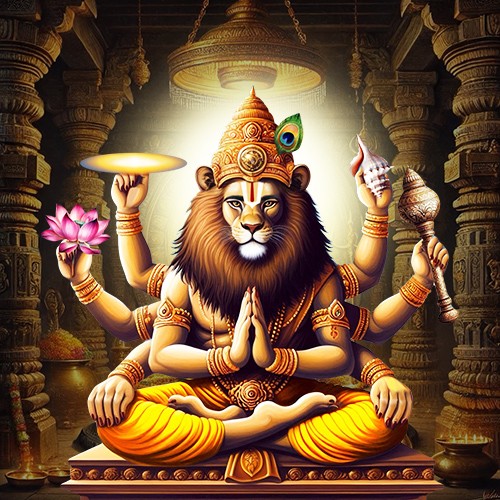
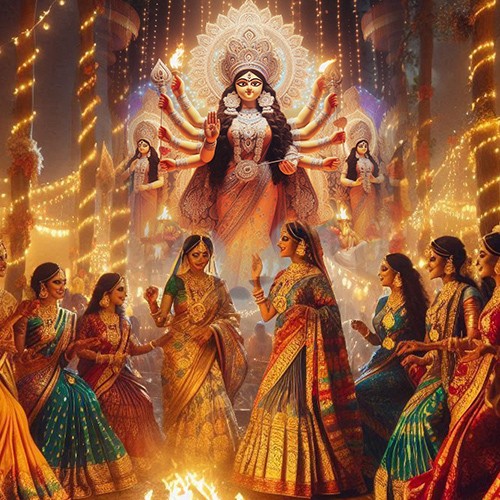
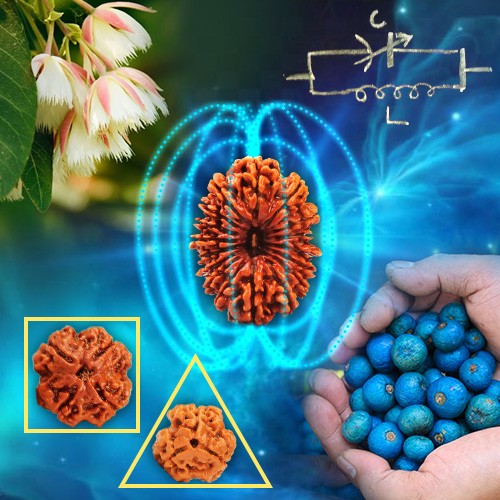


.jpg)
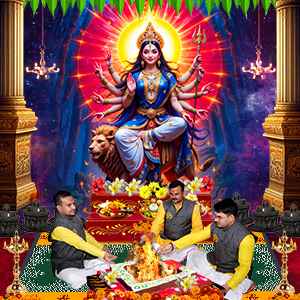
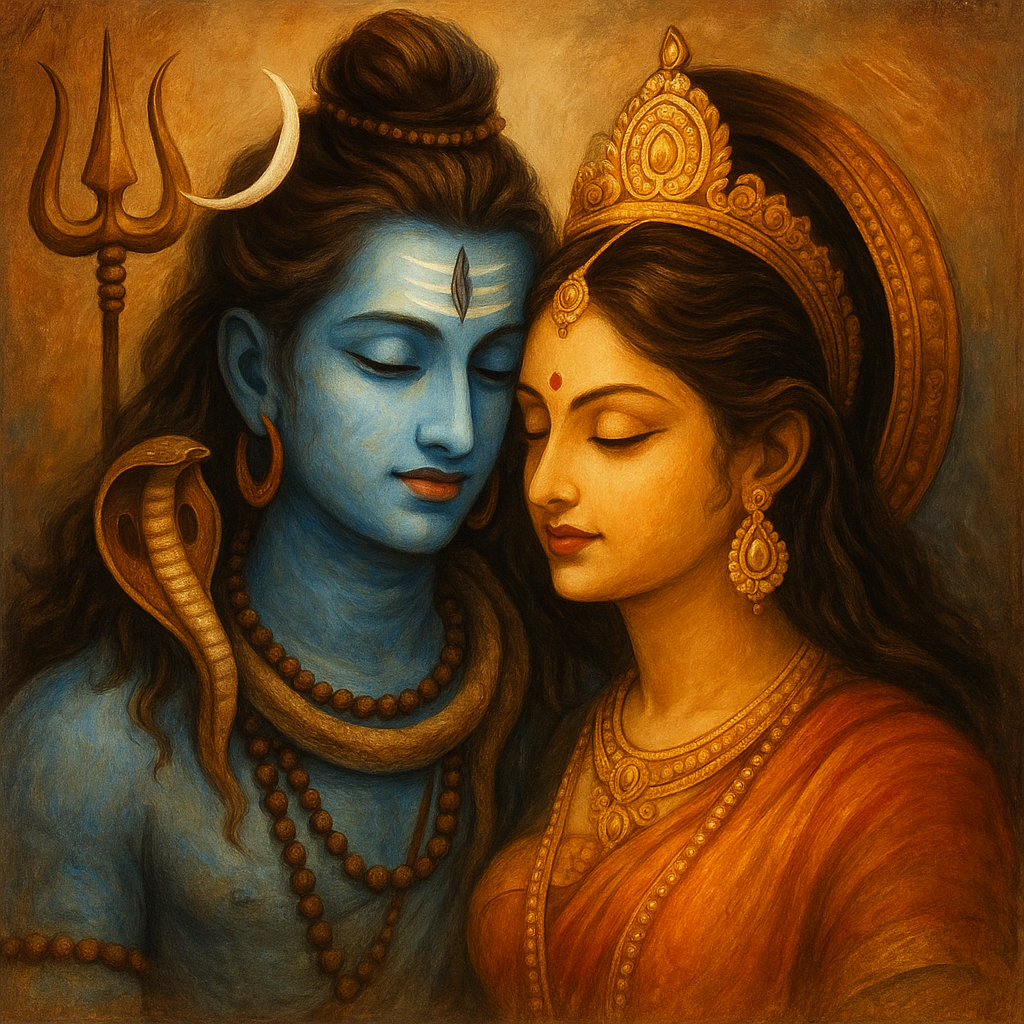
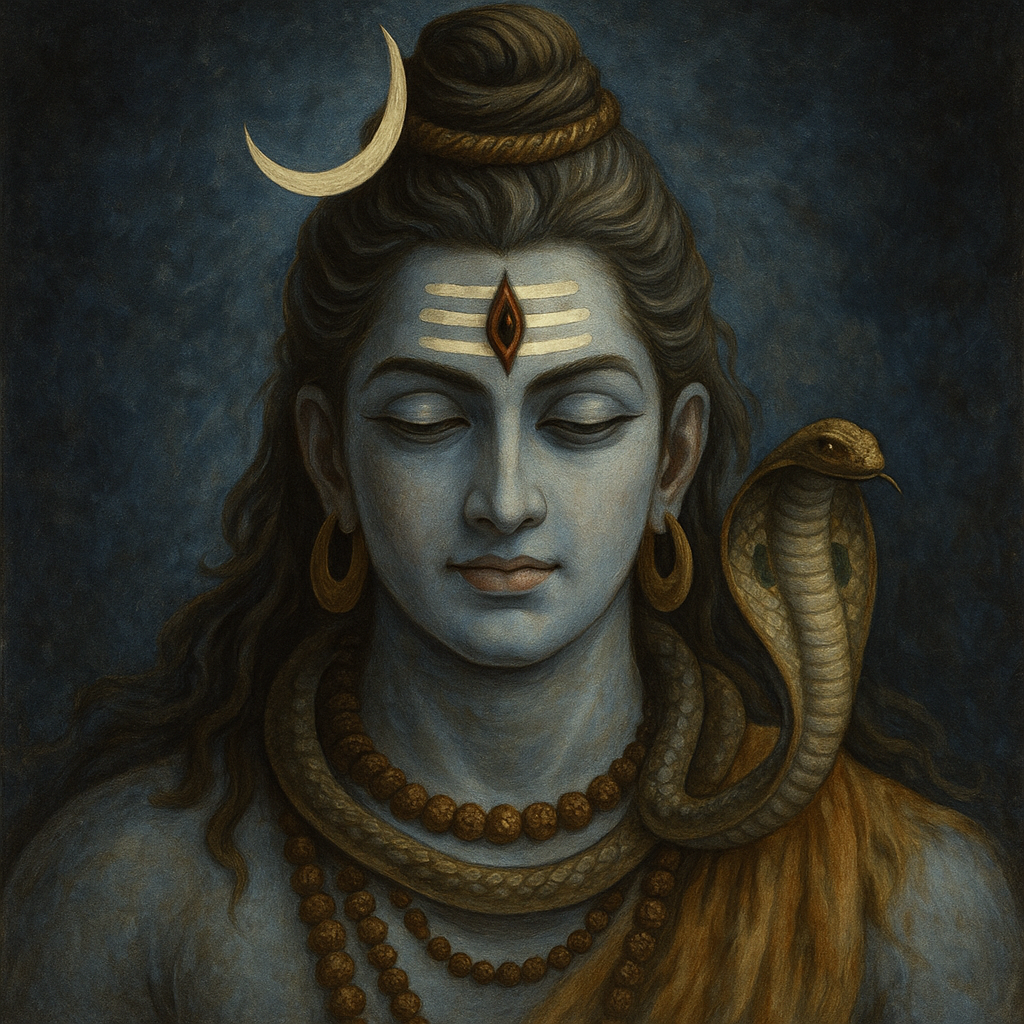
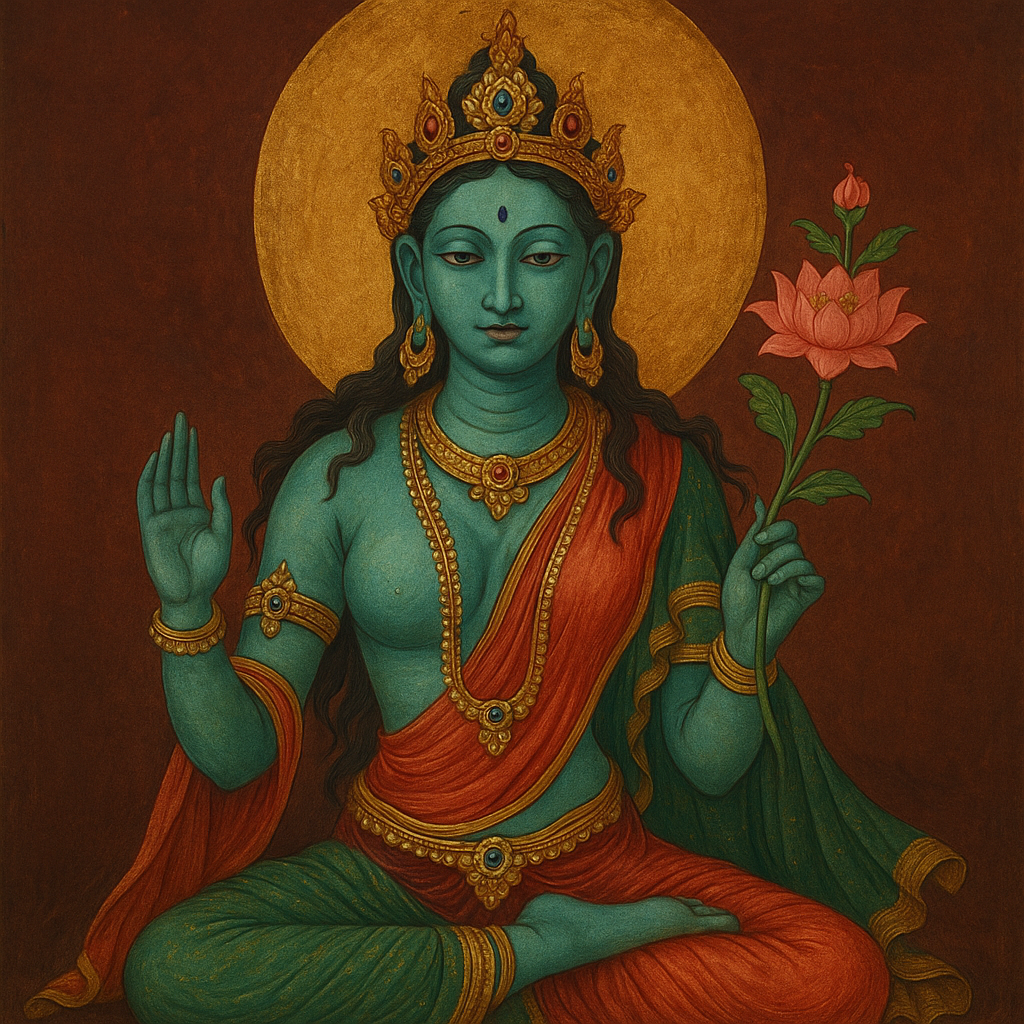
Rahul Sakhuja
|October 4, 2024
Thanks you for providing the needful content. Jai Mata Di!
Radha Kumari Mahaband
|October 3, 2024
Jai Mata Di
MADHUBHAI JANUBHAI RAUT
|October 3, 2024
My family is hindu but I don't have enough knowledge of worshipping